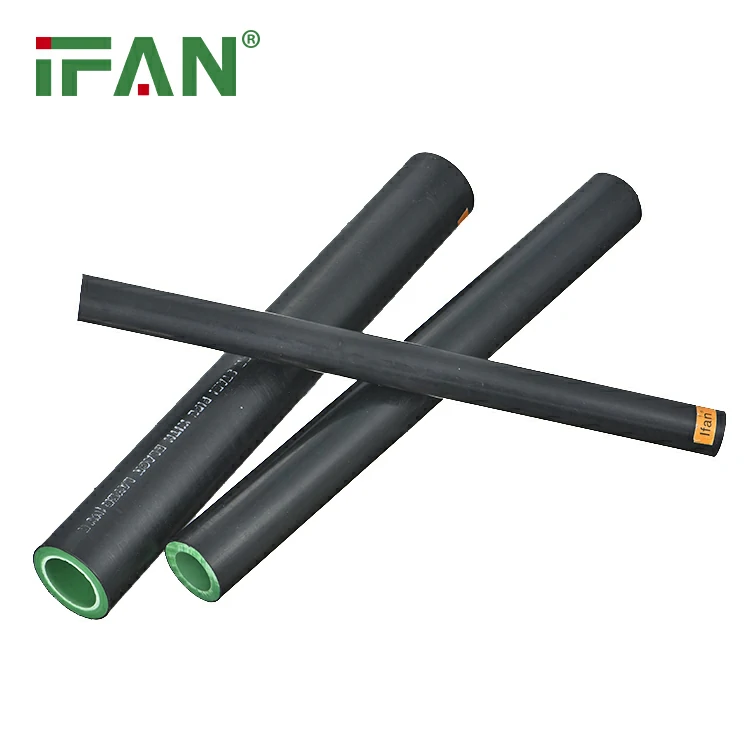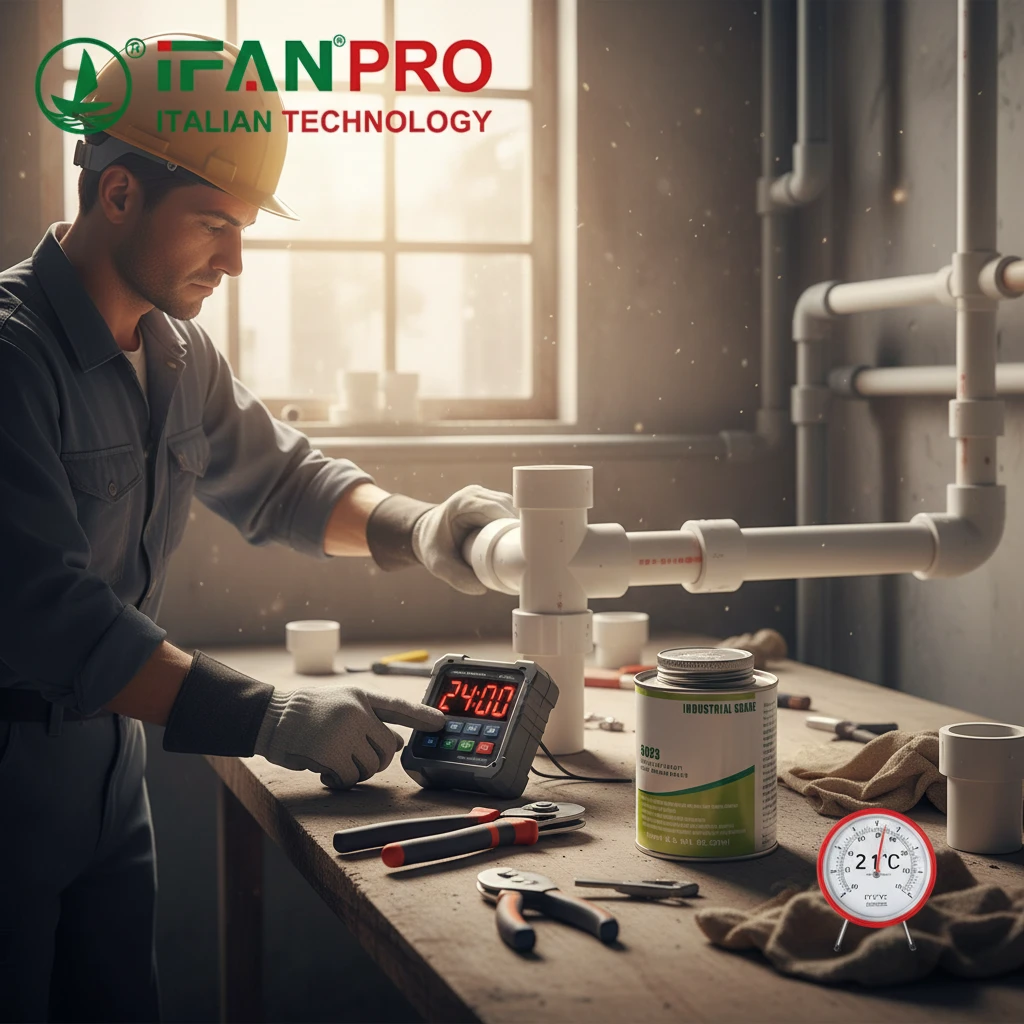1. Introduction to PPR Pipes and Their Importance
PPR (Polypropylene Random Copolymer) pipes are widely used in plumbing, heating, and industrial systems for their durability, corrosion resistance, and ease of installation. One common question among buyers and installers is: “How many meters is a standard PPR pipe?” Understanding pipe lengths is crucial for project planning, cost estimation, and ensuring compatibility with fittings. In this guide, we’ll break down standard PPR pipe lengths, factors that influence their size, and how to choose the right length for your needs—whether you’re a contractor, DIY enthusiast, or business looking for customized solutions.
2. What Is the Standard Length of a PPR Pipe?
Most PPR pipes on the market come in standard lengths of 4 meters (13.12 feet) or 6 meters (19.68 feet). These lengths are globally recognized and preferred for several reasons:
- Transportation Efficiency: 4m and 6m lengths fit easily into trucks and shipping containers, minimizing logistics costs.
- Installation Convenience: Standard lengths reduce waste during cutting and align with common plumbing layouts.
- Industry Norms: Manufacturers often produce in these sizes to meet widespread demand, ensuring availability and compatibility with fittings like elbows, tees, and valves.
Note: Pipe diameters (e.g., 20mm, 25mm, 32mm) don’t affect the standard length—both small and large-diameter PPR pipes typically follow 4m or 6m norms.
3. Factors That May Affect PPR Pipe Length
While 4m and 6m are standard, some scenarios may call for non-standard lengths:
3.1 Project-Specific Requirements
- Large-scale industrial projects or complex piping systems might require longer pipes to reduce joint connections (e.g., 12m for underground pipelines to minimize leaks).
- Small-scale DIY projects may prefer shorter lengths (e.g., 2m) for easier handling and reduced waste.
3.2 Transportation and Storage Constraints
- In regions with narrow roads or limited storage space, shorter pipes (e.g., 3m) may be more practical to avoid damage during transit.
3.3 Customization Needs
Many manufacturers, like ifanpro Pipeline (based in China, ifanpro.com), offer custom PPR pipe lengths to meet unique project demands. Whether you need 5m, 8m, or a bespoke size, customization ensures minimal cutting and optimal material usage.

4. Can You Get Custom PPR Pipe Lengths?
Yes! Customization is a common solution for projects with non-standard requirements. Here’s what you need to know:
- Minimum Order Quantity (MOQ): Most factories have a MOQ for custom lengths, typically 500–1,000 meters, depending on the diameter and specifications.
- Advantages of Customization:
- Reduced labor costs by eliminating on-site cutting.
- Precise fit for unique layouts, improving system efficiency.
- Material savings by matching exact project needs.
- How to Order: Contact a manufacturer directly (e.g., ifanpro Pipeline) with your required length, diameter, and application. They’ll provide technical support and ensure compliance with international standards (e.g., ISO, ASTM).
5. How to Choose the Right PPR Pipe Length for Your Project
- Plan Your Layout: Measure the total pipe needed for your system, accounting for bends, fittings, and potential wastage.
- Balance Cost and Convenience: Standard lengths (4m/6m) are cost-effective for most projects, while custom lengths are ideal for complex setups.
- Check Manufacturer Capabilities: If you need non-standard sizes, verify that your supplier offers customization and has a track record of delivering high-quality pipes.
- Consider Transportation: Ensure the chosen length can be safely shipped to your site—especially important for international orders.
6. Conclusion: Standard vs. Custom PPR Pipe Lengths
In summary, standard PPR pipes are typically 4m or 6m, suitable for most residential, commercial, and industrial applications. For unique projects, however, custom lengths offer a tailored solution to reduce waste, improve installation efficiency, and meet specific design needs.
At ifanpro Pipeline, we specialize in both standard and customized PPR pipes, backed by decades of manufacturing expertise. Visit our independent website to explore our full range of pipeline products or request a quote for your custom length requirements.
Whether you’re a contractor, engineer, or business owner, understanding PPR pipe lengths empowers you to make informed decisions and ensure the success of your piping project.













Comentarios recientes